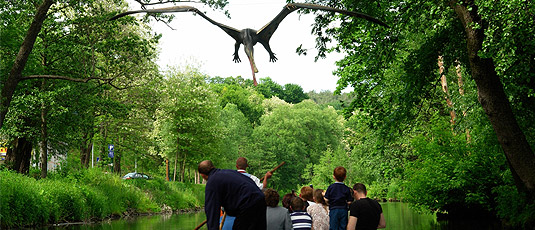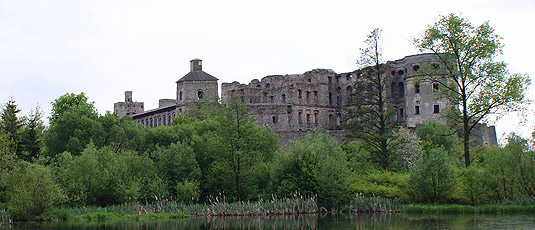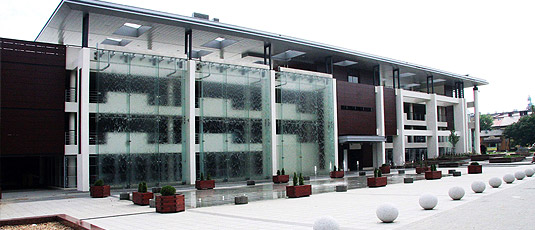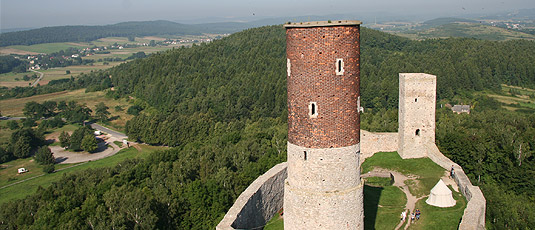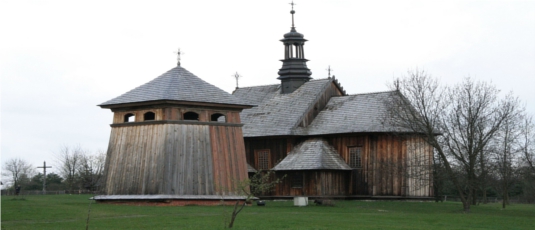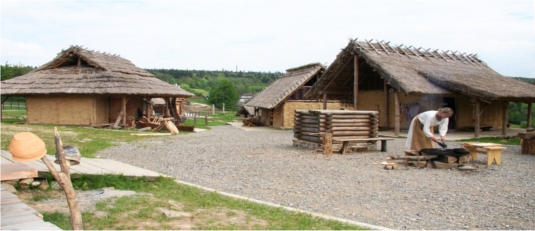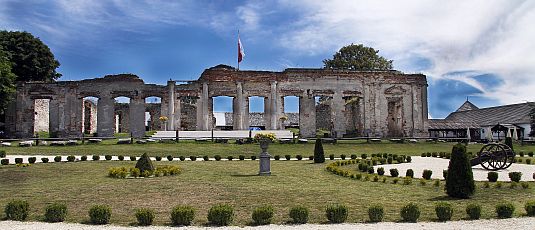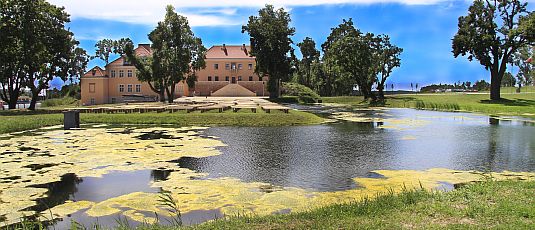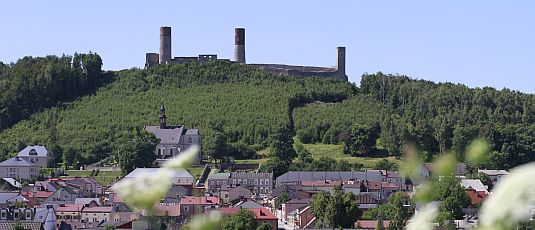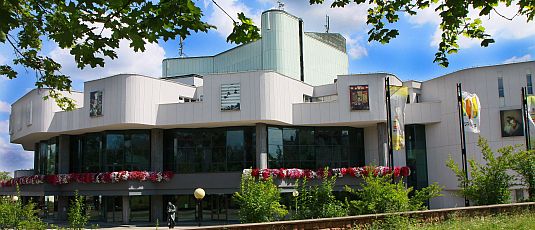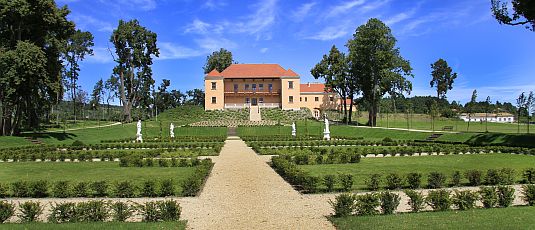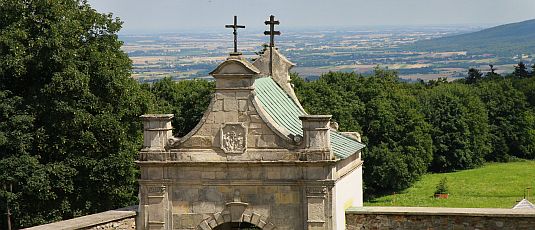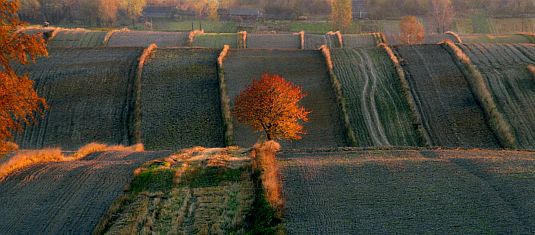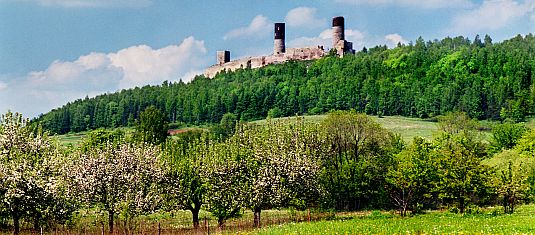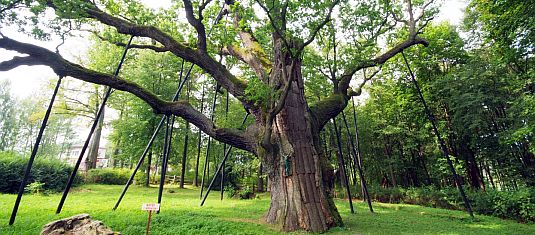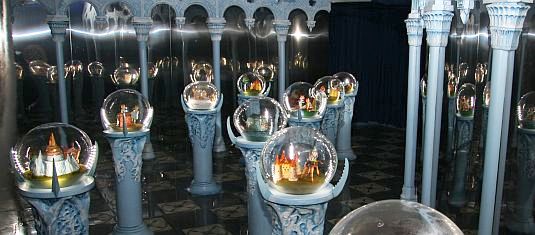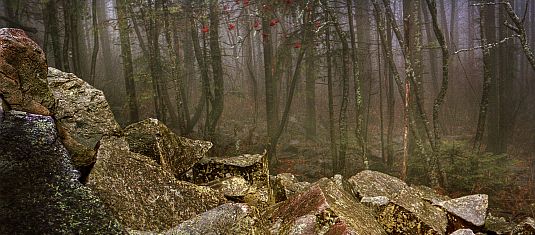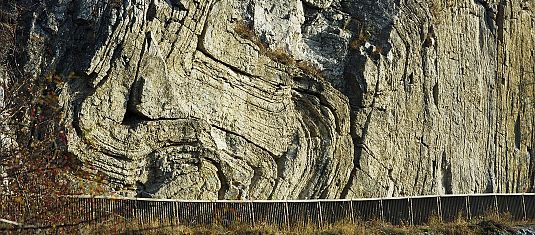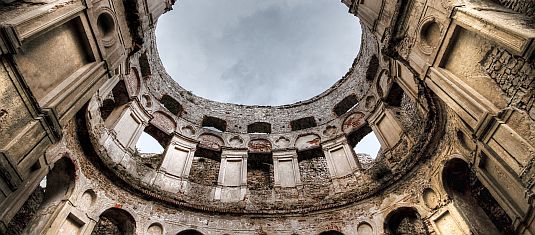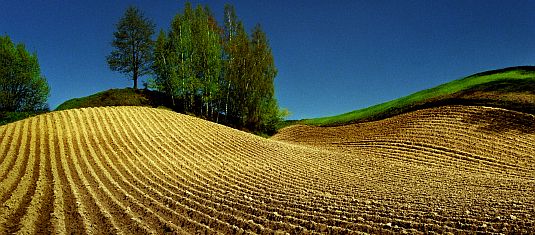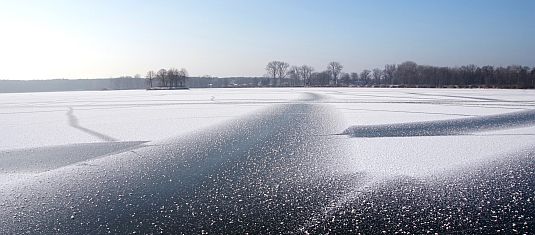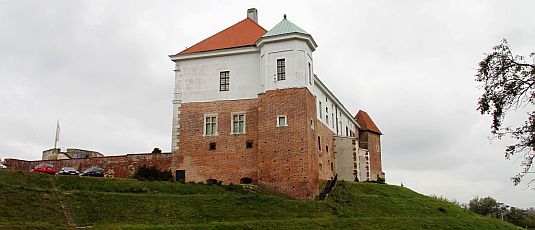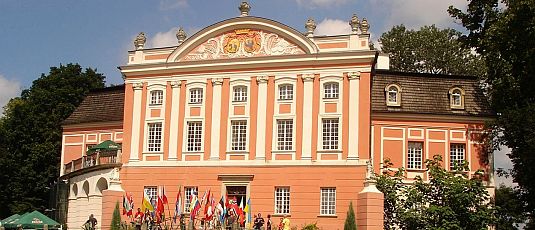Koprzywnica is one of the oldest Polish cities. Everyone who has read Henryk Sienkiewicz’s “Krzyżacy” should be familiar with the name, thanks to Jaksa from Koprzywnica – a character which very often appears in the novel. He is an authentic persona, thus, his name can be also found in many historical chronicles.
The village is located in the valley of the Koprzywianka, a river flowing through the Świętokrzyskie region. It is mostly famous for the Cistercian monks, who used to reside in here. Their abbey was founded by Mikołaj Bogoria in the early 13th C., during the reigns of king Kazimierz Wielki (Casimir III the Great). Unfortunately, the history has not been favourable to Koprzywnica. The church and the monastic complex bear many traces of rebuildings and renovations, made according to contemporary architecture trends - the body of the temple is Romanesque and made of stone blocks, its brick pinnacles come from the Gothic, while the Baroque contributions are: the sacristy, the chapel, the western facade with a vestibule and the ave-bell. The most impressive elements rae: a cross and rib vaulting and Gothic murals. In the monastic part of the complex it is worth seeing a Romanesque chapter-house with a cross and rib vaulting, where the ribs of the vaulting rest on two central columns and wall corbels. Moreover, in the chapter house there is a lapidary. The Cistercian monastery in Koprzywnica was dissolutioned in 1819 and since 1829 it has been a parish church. Next to the complex there is the former house of the prior, founded by the abbot Zbigniew Ossoliński between 1615-1620, it is commonly known as the abbatial manor.
In the pre-Christian times, nearby Koprzywnica there had been a prosperous centre of fire cult. Today, in the place of the ancient pagan temple there is an annual Easter “light and sound” spectacle, i.e. the stunts of a local fire-brigade. On the Holy Saturday, after the resurrection (contrary to the Christian tradition, where this ceremony takes place on Sunday), every fireman taking part in the parson’s procession, blows out (Pol. coloq. “bziuka”) a stream of sprayed paraffin oil against a flaming torch, which after ignition creates a few metre pillar of fire. This exciting event draws hundreds of tourists to this Świętokrzyskie town.
Koprzywnica has a unique microclimate – the summer is long and warm, while the winter is quite mild, therefore, not only the amateurs of history shall find it comfortable in here.


